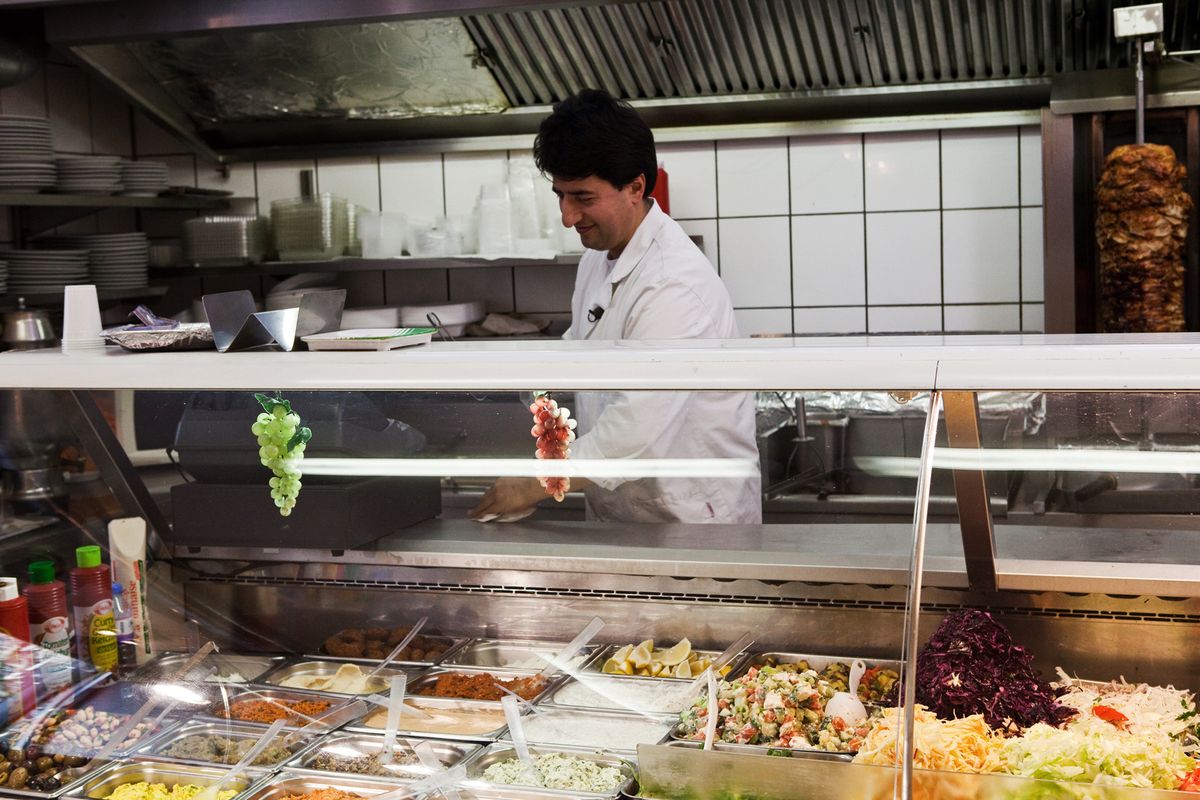
Wie der Döner an den Rhein kam
Documentary,´43, WDR 2012
About the Film
The kebab, grilled meat in bread, has become one of the most popular snacks in the German region Rhineland. Original Turkish, you might think – but you’d be wrong. In Turkey, the kebab is only served on special occasions: Lamb, grilled slowly. “I’ve never seen kebabs prepared like this in Turkey!” marvels Ali Balaban, a gourmet and Cologne restaurant owner. “White cabbage and red cabbage are only in the kebab because the Germans like cabbage so much!” adds Ismet Kirkici, whose family has been serving kebabs at ‘Türkiye Pazari’ in Cologne since 1982. The kebab began its triumphal march with the industrial crises in the Rhineland in the 1970s. When Ford and the Felten and Guillaume cable works in Cologne and later Krupp and Thyssen in Duisburg had to lay off many workers, many of them were Turkish, but they still wanted to stay in Germany. Some considered opening a snack bar – initially for Turkish compatriots. Germans soon ventured into the Turkish stores and increasingly demanded something quick and easy instead of a plate meal. Young people in particular found it delicious. So tasty that Kemal Ascioglu, who drove through Duisburg with a food truck offering kebabs, brought his 26-year-old son Dursun from Turkey to help. “With onions, tomato and spicy” were the only German words he knew for a long time. Today, he runs his very successful “Dönermann” kebab shop in Duisburg-Marxloh. In the film Ismet Kirkici in Cologne and Dursun Ascioglu tell their family history which is strongly connected with the success of the Kebab.
Credits
| Script/Director: | Katja Duregger |
| Director of Photography: | Christian Eichenauer |
| Sound: | Mustafa Özakbiyik |
| Film editing: | Julia Wiegand |
| Commissioning Editor: | Gudrun Wolter, WDR |
| Producer: | Wolfgang Bergmann |
| Production: | Lichtfilm GmbH |
| Duration: | 43´30 Min. |
| Year of Production: | 2012 |